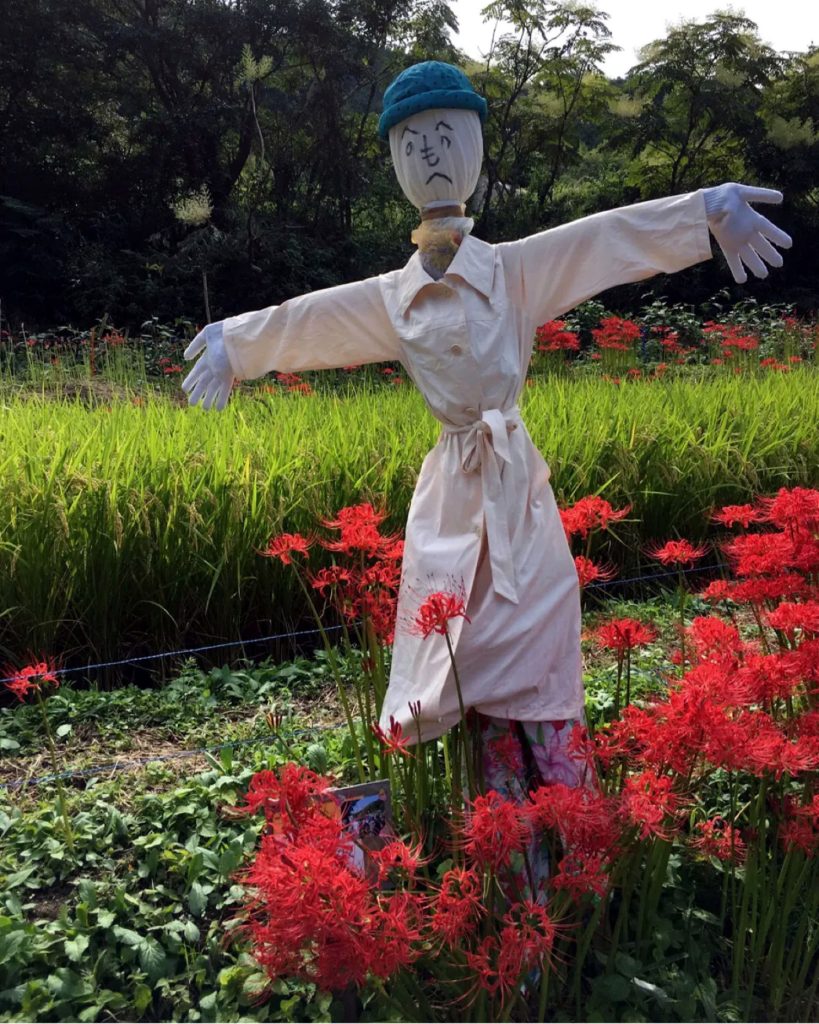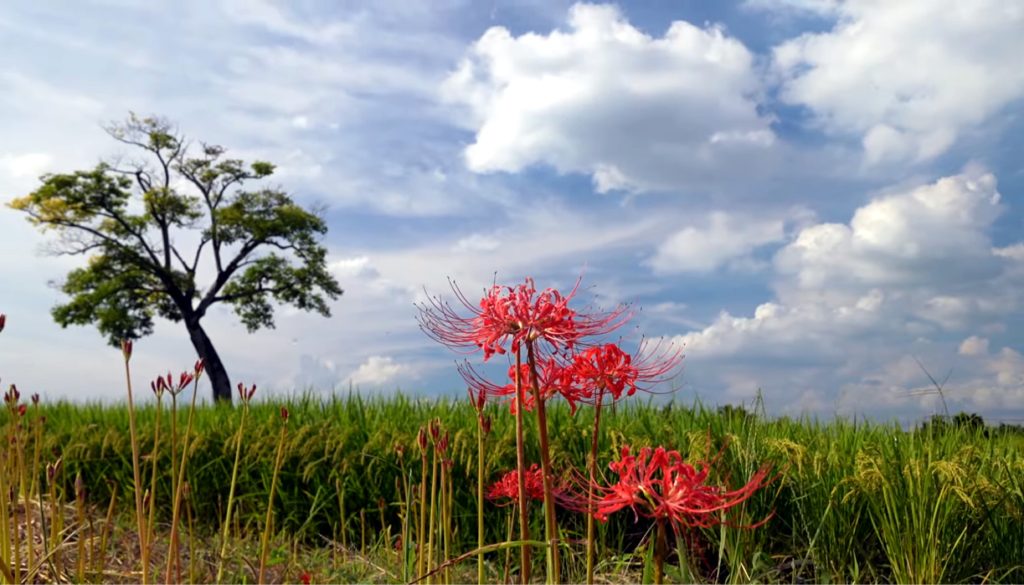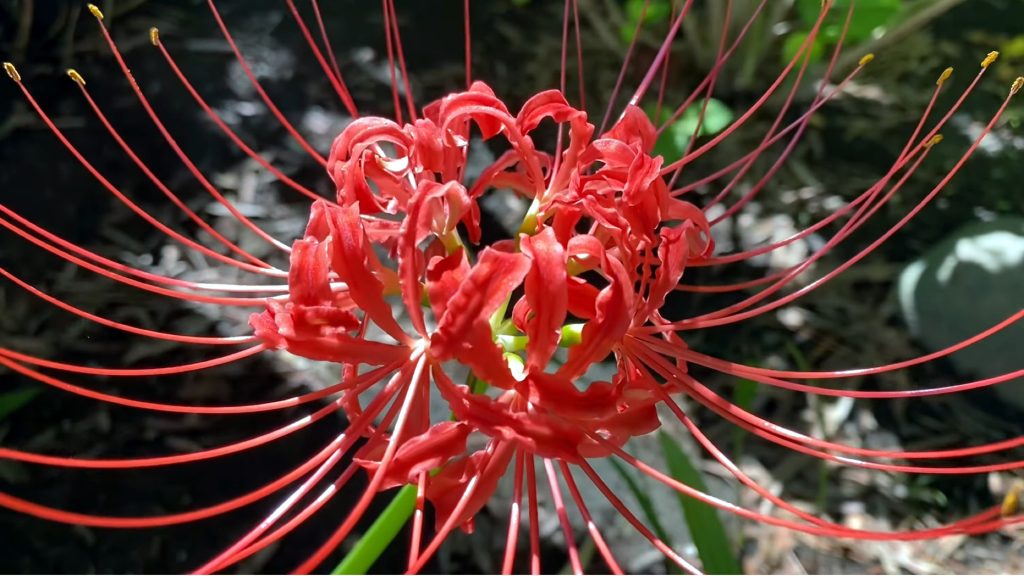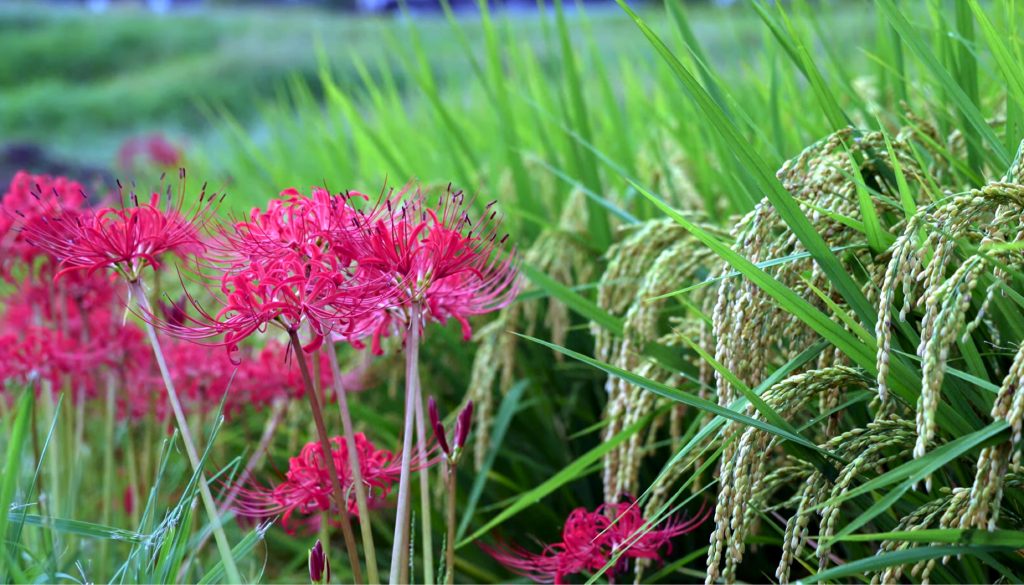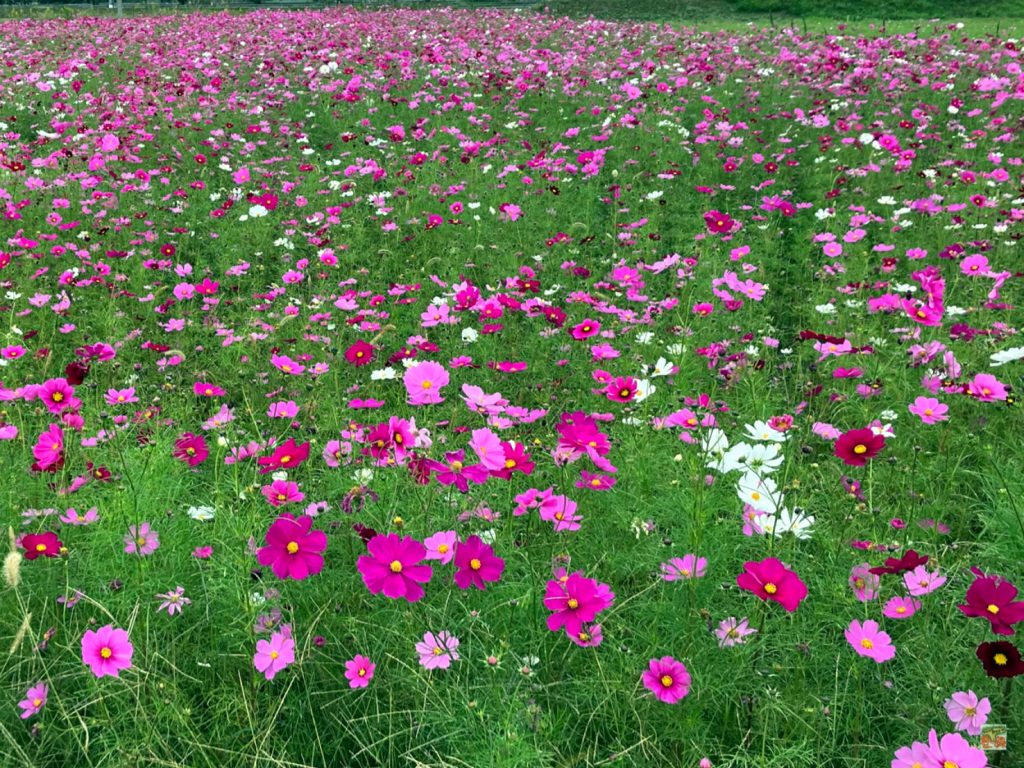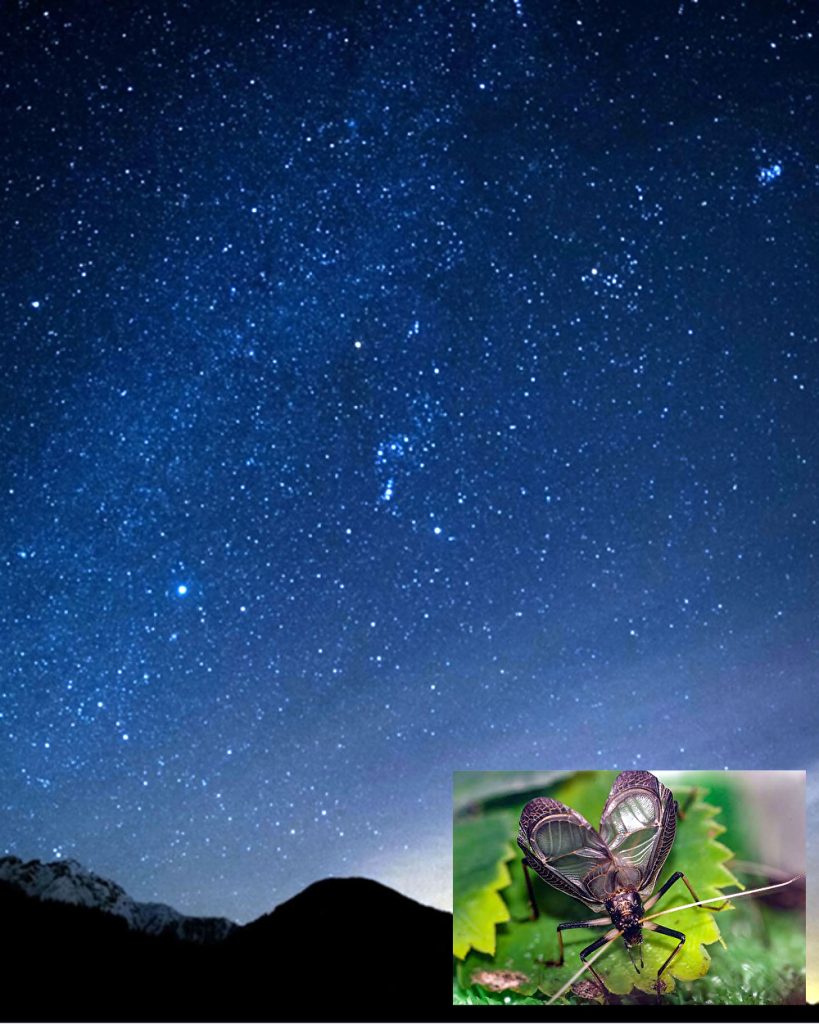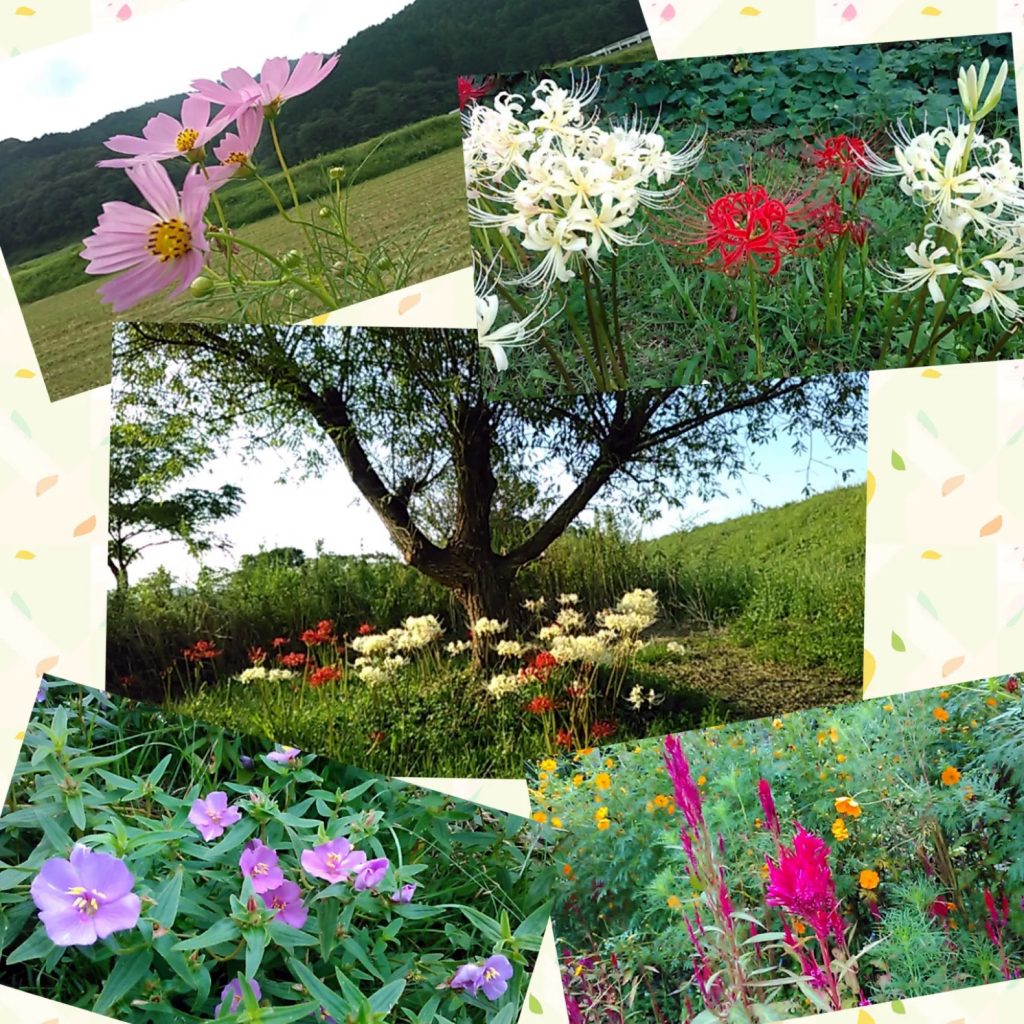
It’s amazing how the temperature has dropped sharply since the equinox. Even so, it’s still over 30 degrees Celsius during the day. There were tropical nights with temperatures over 25 degrees Celsius, but the temperature on the morning of the autumnal equinox was below 20 degrees Celsius, so I was surprised. I could feel the coldness as dew fell on the cockscombs. This summer has been a record-breaking year, and this trend has been going on for a while now. The catch of saury has decreased, the flowering of cockscombs has been delayed, and the effects of climate change are widespread. Unlike earthquakes and typhoons, there is a lack of awareness of the crisis of climate change, which makes it even more scary. It’s the same with diseases. The condition often progresses without any symptoms, and when you realize it, it’s too late. The situation with climate change is different from that of diseases. It is recognized everywhere on Earth, but national egos are prioritized, and measures are slow. Hegel’s dialectic “transformation from quantity to quality” is also applicable to the natural world. Transformation in a good sense is welcome, but transformation in a bad sense is a problem.
えらいもので、お彼岸からぐーんと気温が下がりました。と言っても、お昼はまだ30°をこえますが。晩も25°を超える熱帯夜が続いていましたが、秋分の日の朝は20°を切っていましたのでびっくりです。彼岸花にも朝露がかかり、冷え込みを実感しました。今年の夏も何事によらず記録破りで、この傾向は最近ずっと続いています。秋刀魚の漁獲量が減ったり、彼岸花の開花が遅れたり、温暖化の影響は随所に広がっています。地震や台風と違って、温暖化の危機感が薄いので余計に怖いです。病気もそうで、自覚症状がないまま病状が進み、気付いた時には手遅れって事がよくあります。地球温暖化の状況は、病気と違って、地球上の至る所で認知されているのに、国々のエゴが優先されて、対策は遅々としたものです。ヘーゲルの弁証法「量より質への転化」は自然界にも当てはまり、良い意味での転化は大歓迎ですが、悪い意味での転化は困った事です。

